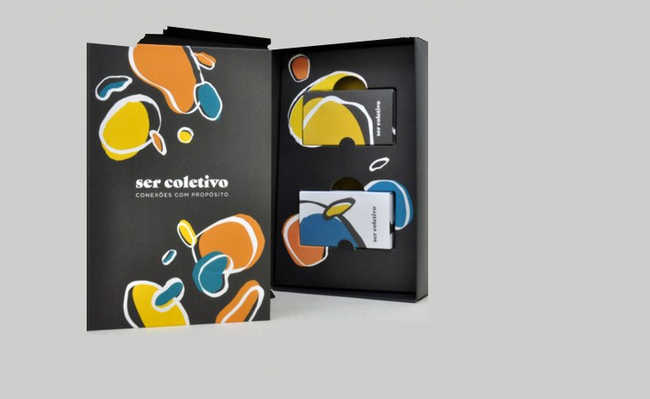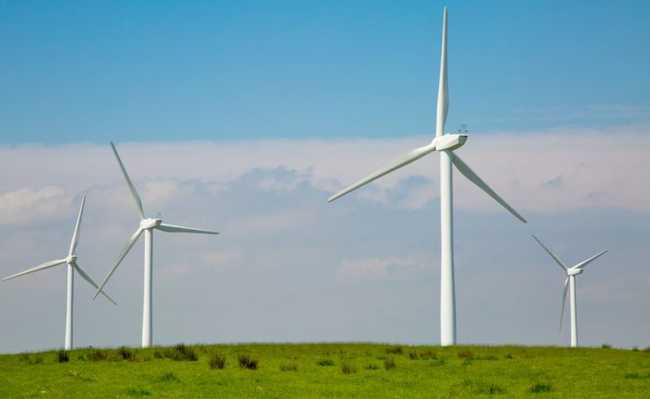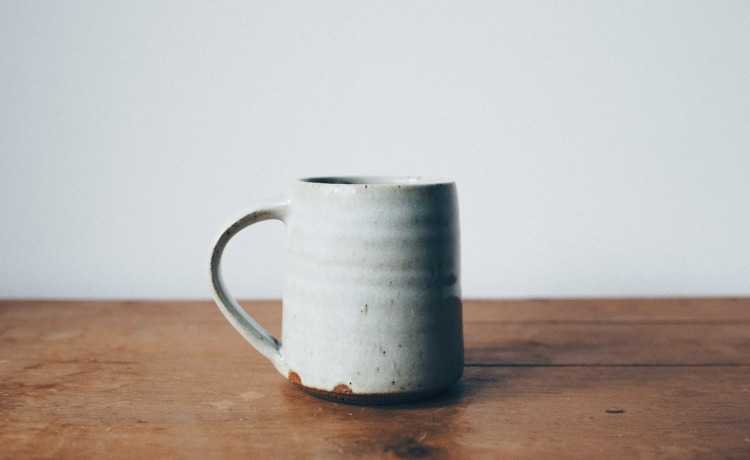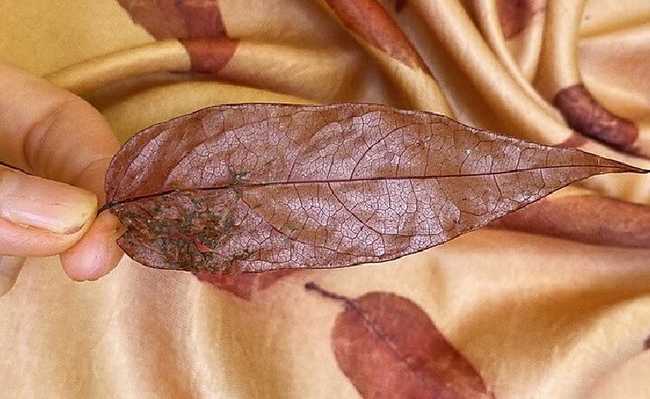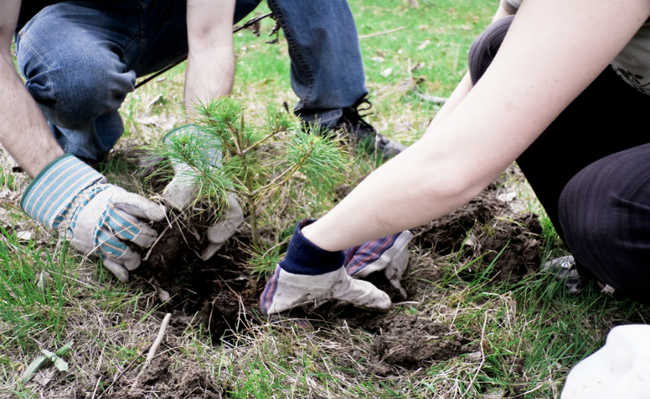Tailings brick is a safe option to avoid dam failure
The solution to the environmental impacts of tailings dams exists, is non-toxic and is simpler than it seems
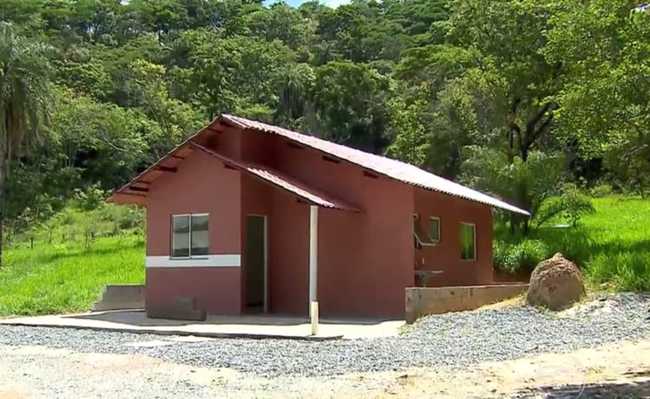
Image: House built with mining tailings bricks. reproduction
The collapse of dams such as Mariana and Brumadinho causes enormous environmental impacts and human losses. Mining tailings spread throughout the region, killing people, contaminating rivers and making the use of water for supply unfeasible. In addition to the discussion about the safety of the dams and the construction techniques used, there is another factor: there is already technology to recycle the so-called "mining tailings".
The Federal University of Minas Gerais (UFMG) was one of those that developed technology to use material from tailings dams to manufacture bricks and other materials for civil construction. The so-called toxic sludge, according to an explanation by the professor of engineering at UFMG Evandro Moraes da Gama, coordinator of the research, is rich in sand and cement, in addition to pigment, which gives an interesting color to the "tailing bricks".
The mud stored in the dams, by itself, is not toxic. Iron mining tailings are mainly composed of silica, aluminum and iron elements, being classified as class II A waste - non-hazardous and non-inert, according to the evaluation parameters contained in ABNT NBR 10004/2004 - this means that they are not hazardous but are water soluble (not inert).
And it is precisely the junction of tailings with water that gives rise to the so-called toxic sludge. In cases of dam failure, the reactions of the material with the water in the rivers release the metals contained in the tailings and also substances present in the river beds, in addition to the mud muddying the water (which causes the death of fish and aquatic plants, which cannot breathe due to the absence of light).
Professor Gama highlights, in an interview with Rádio Brasil, that this waste is a very rich co-product for the mineral economy and that it would be possible to generate economic circularity with it, integrating what for mining is waste in the productive chain of the cement industry. That is, in fact the best term to be used for mining mud is waste, as the material can be recycled and serve as raw material for the manufacture of bricks, tiles, blocks, panels and floors, for example. Understand the difference between waste and reject.
Mining tailings are non-toxic and do not present any element harmful to public health or the environment, and can be used for the production of cement, bricks, mortar and other materials for civil construction, according to an article coordinated by the researcher in Civil Engineering at Federal University of Ouro Preto (UFOP) Júlia Castro Mendes.
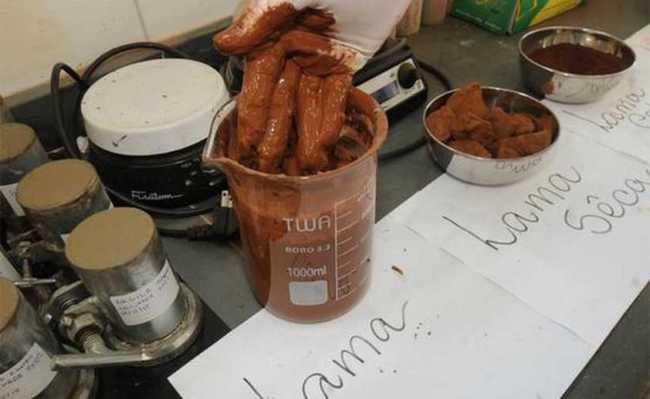 Mining sludge can undergo processing into a high-quality binder, among other uses. Image: Critina Horta/EM/DA Press
Mining sludge can undergo processing into a high-quality binder, among other uses. Image: Critina Horta/EM/DA Press
Gama points out that the university has a patent for the technology for manufacturing cement and bricks, and has had a house built with waste bricks since 2015. The professor is one of those responsible for the Geotechnologies and Geomaterials Laboratory of the Sustainable Production Center at UFMG , in Pedro Leopoldo (MG), which has a pilot plant for flash calcination (controlled burning), automated and with a production capacity of 200 kg/hour.
Flash calcination (CF) is a state-of-the-art technology that makes it possible to calcin microparticles, which is impossible in conventional ovens. This makes it possible to transform some mineralogical compounds from raw materials such as sterile rocks and treatment tailings into high-strength binders that generate, for example, eco-cement.
Eco-cement is made through the transformation of ore tailings into a powder, the calcined mud. For this, the material is placed inside this oven, which makes the clay water evaporate completely. This powder has a special property, which engineers call a large specific surface, which causes the powder to cling to other materials placed in contact with it. It works the same way as popularly known cement.
 Tailings and waste, such as phyllite and sand, are transformed in the UFMG model factory. Image: Critina Horta/EM/DA Press
Tailings and waste, such as phyllite and sand, are transformed in the UFMG model factory. Image: Critina Horta/EM/DA Press
In addition, sterile rocks also discarded in the mining process, when ground and calcined, added to lime or cement, also turn into powerful binders. It is from the joining of these materials that it is possible to produce the reject brick blocks.
Researchers from universities such as the Federal de Lavras (UFLA) and the Federal University of Ouro Preto (UFOP), as well as industries such as Alcoa (which studied the production of bricks with waste from bauxite mining), also carried out similar studies. In her master's thesis at the Federal University of Ouro Preto, defended at the end of 2013 and with extensive national and international bibliography, Wanna Carvalho Fontes researched and concluded on the safety and feasibility of using iron ore dam tailings for the production of mortar coating and laying.
The laboratory analyzes of the research made it possible to identify that the tailings samples are essentially composed of silicon oxides, aluminum oxide and iron oxide. She points out that "iron ore tailings generally present great heterogeneity in their characteristics due to differences in the ore processing process, the type of raw ore or even the variability of the mining fronts and its position in the dam ", among other factors. However, according to the environmental analyzes of these tailings, carried out in accordance with the aforementioned ABNT standard, the samples were classified as class II A waste - non-hazardous and non-inert.
She concludes that, just as the waste used as raw material is not hazardous, "it is expected that the addition of class II A waste to other materials, such as cement, lime and sand, will not change the environmental classification of the proposed mortars ". The same goes for the manufacture of bricks and other materials.
UFMG itself also has other lines of research, with successful results also in the creation of reject bricks made by pressing, without having to go through the burning process. The material obtained is safe for use in civil construction, it does not pose a risk of contamination for humans or the environment. The research results are contained in an article published in 2014.
The professor at UFMG says that this is already a consolidated technology, being widely used in countries like France and China, which is even exposed to Brazil in porcelain tiles produced from mining waste. "What is stored inside the dam is a product when treated. If the mining companies entered into an agreement with cement and sand consumers, which are the cement companies and cement industries, we would have an outcome for this waste and it would not be necessary to store them how it's happening," he explains.
"Industries should talk to each other and take advantage of the technology that is available to transform waste into an economy and not a tragedy", emphasizes the scholar. The use of tailings brick would make constructions on average 30% cheaper. The implementation of a circular economy between the mining and construction sectors would also eliminate the need to build dams or seek other solutions for a co-product that is currently treated as tailings, also avoiding the collapse of dams and contaminations from the mixture of mining tailings with water from rivers.

